Ethiopia, often misunderstood and underestimated, is a nation in East Africa that defies stereotypes. While it may not be the cheapest travel destination, its unique landscapes, rich culture, and friendly people make it a hidden gem. To truly understand Ethiopia, we must first debunk common misconceptions and then explore the country's fascinating features.
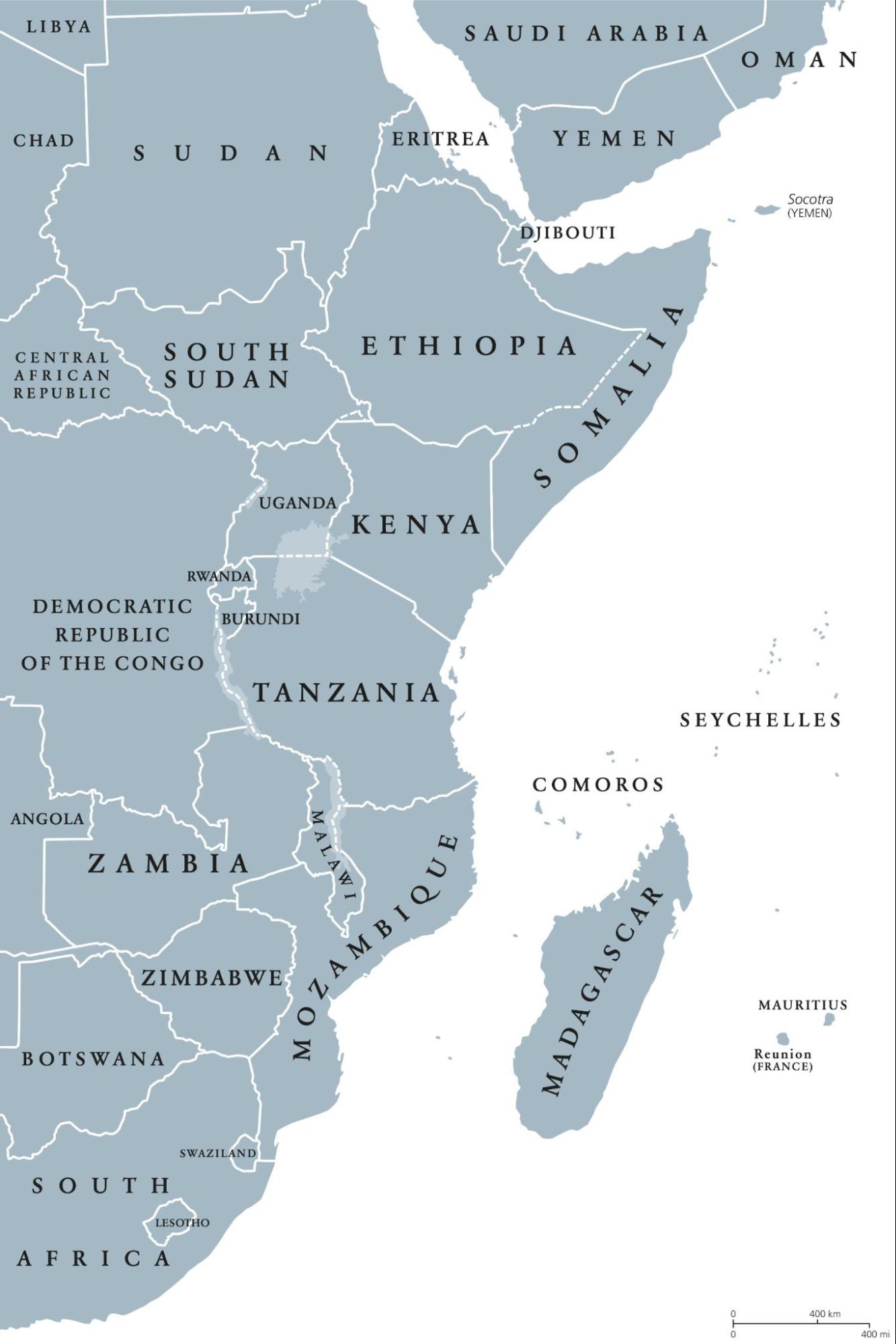
Beyond the Stereotypes
Ethiopia's reputation has been overshadowed by images of poverty, famine, and desert landscapes. However, the reality is far more diverse and captivating. Ethiopia's beauty lies in its highland plateaus, lush landscapes, and intriguing history.
- Fertile Highlands: Contrary to misconceptions, Ethiopia's central high plateau, which contributes 80% of the Nile's water, is a fertile, high-altitude region with a moderate climate and, depending on the season, lush greenery.
- Unique Culture: Ethiopia's rich and unique culture is a product of its historical isolation. The country has its own calendar with thirteen months, a day starting at 6 a.m. rather than midnight, and a history dating back to the Aksumite Empire. Ethiopia is one of the world's oldest Christian nations, with religious traditions closer to the faith's Middle Eastern roots than modern interpretations.
- Lalibela's Wonders: The medieval capital of Lalibela boasts rock-hewn churches, a marvel that rivals Petra. These churches, carved deep into the rock, provide an otherworldly experience.
- Diverse Scenery: Ethiopia's highlands offer stunning scenery. Whether you explore the Simien Mountains or meander through any highland town or village, you're in for a visual treat.
A Traveler's Reality
While Ethiopia is a land of wonders, travelers should be aware of certain realities:
- Travel Costs: Ethiopia's travel expenses can add up due to high park fees, long distances, and the need for guided tours. Exploring iconic locations may require joining a tour or bringing your camping gear and transportation.
- Cultural Encounters: Ethiopia is home to diverse cultures with pronounced differences. While English is widely spoken, travelers may encounter language barriers and unique customs. Ethiopians are open and friendly, but you must navigate cultural differences.
- Rapid Development: Countries like Ethiopia are developing rapidly. Travelers will witness the evolving landscapes, but they won't find the hordes of young backpackers seen in other regions.
- Hidden Treasures: The real Ethiopia is discovered in sleepy villages near lakes, mountains, and coffee plantations. It hides in fast-growing cities and in personal revelations that defy common misconceptions.
Exploring Ethiopia's Highlights
To experience Ethiopia's wonders, you must explore its remarkable destinations:
Lalibela
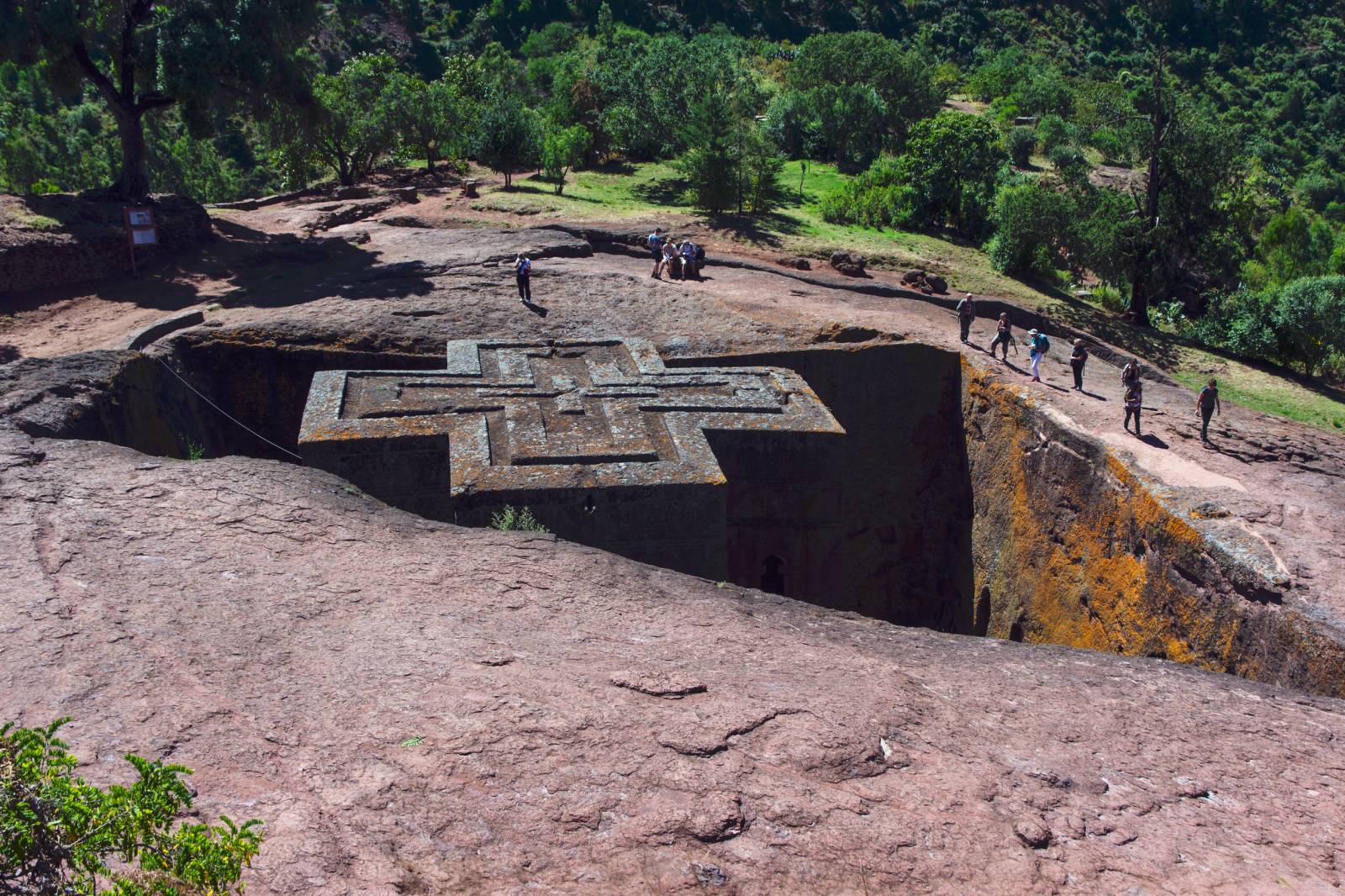
- Rock-Hewn Churches: Lalibela is renowned for its churches carved into solid rock, creating a unique blend of religion and architecture.
- Pilgrimage Destination: It's a place of pilgrimage for Ethiopian Christians, and visitors can witness a continuous stream of pilgrims.
Simien Mountains
- Spectacular Scenery: The Simien Mountains offer some of Ethiopia's most breathtaking landscapes, ideal for hiking and enjoying stunning vistas.
South Omo Tribes
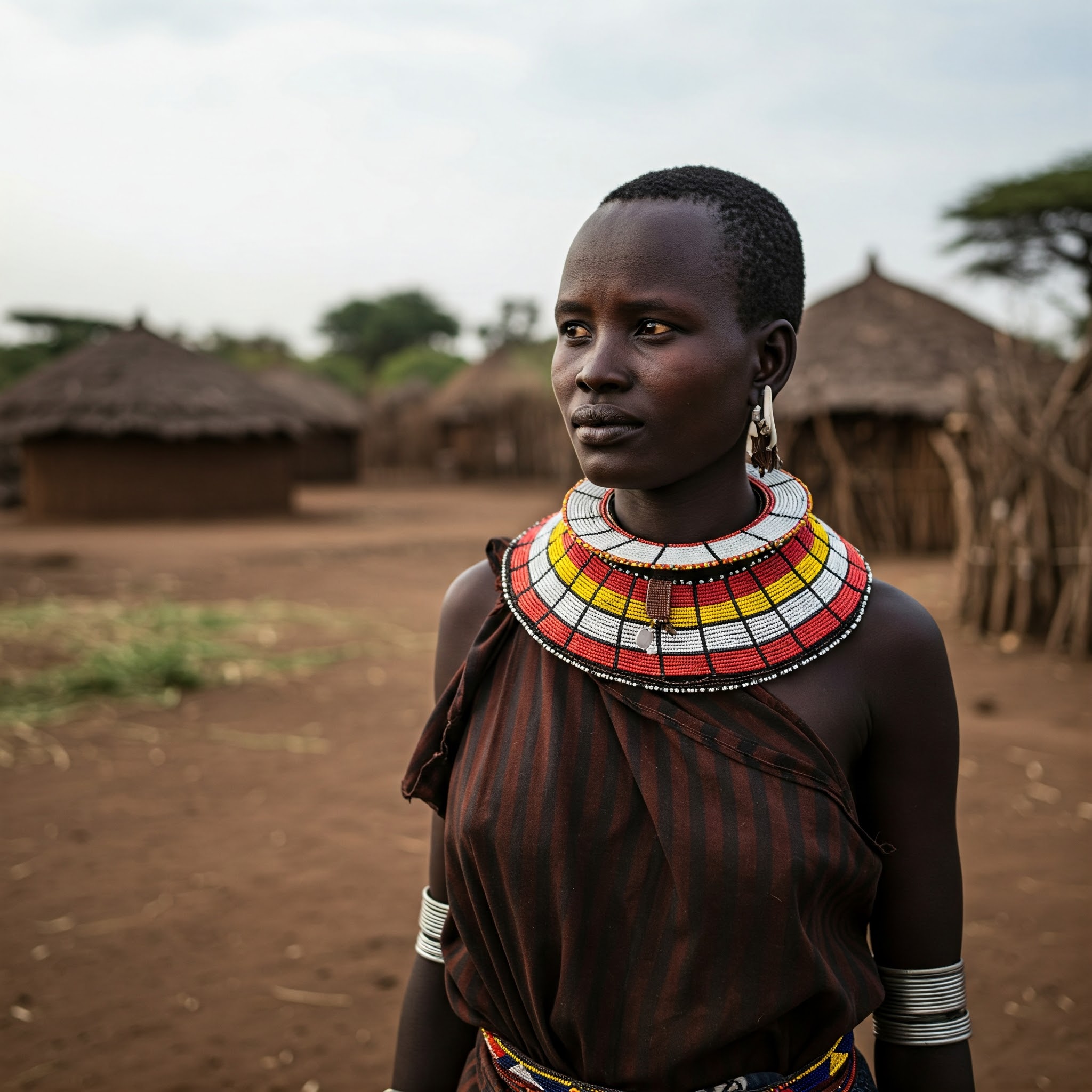
- Unique Cultural Experience: Visiting the tribes of South Omo is a journey into the heart of traditional African cultures. It's a place where you can witness unique customs and traditions. However, visiting can be expensive and challenging.
Danakil Depression
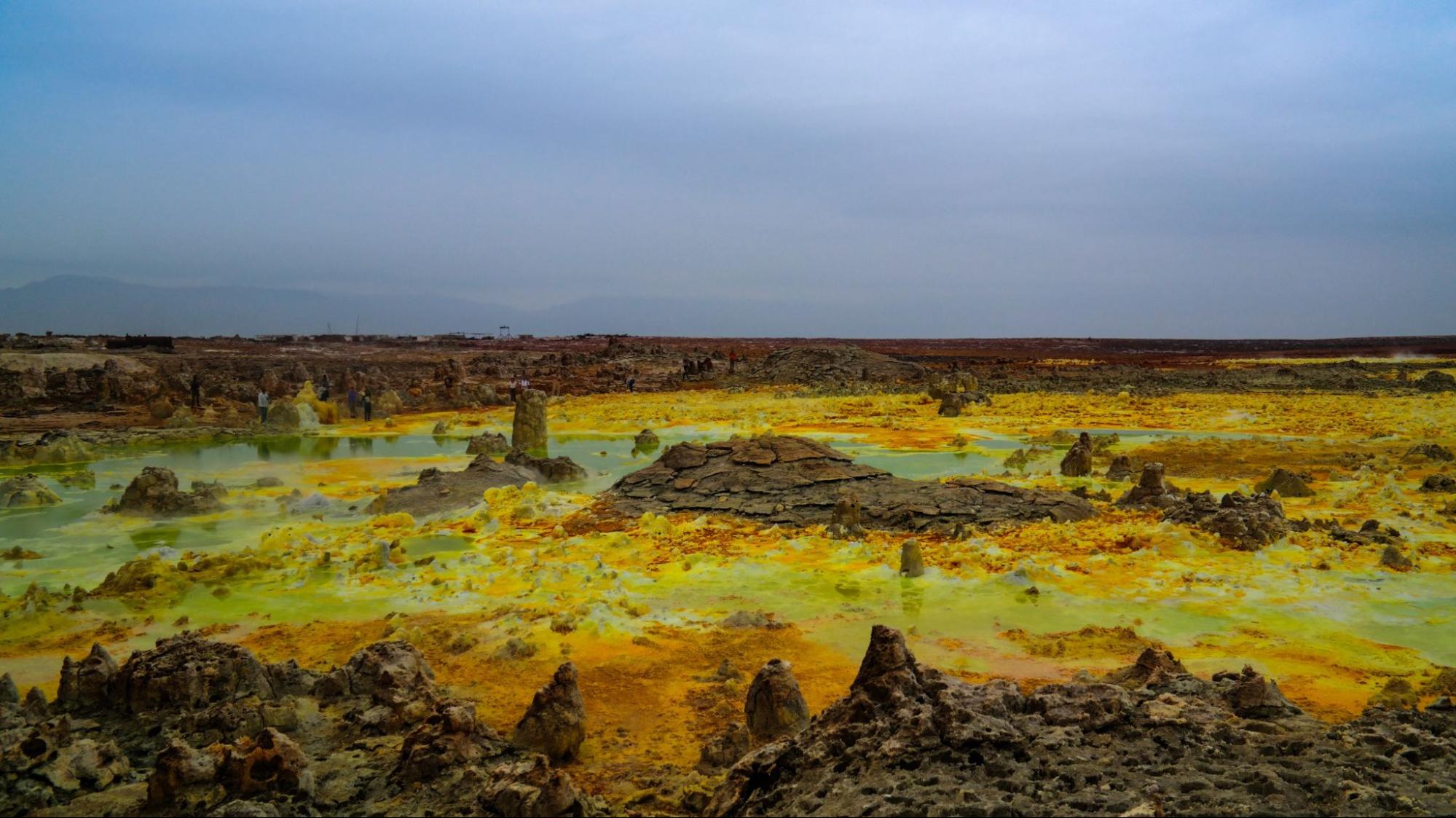
- Extreme Environment: The Danakil Depression is known for its extreme heat and otherworldly landscapes. It's home to the Erta Ale volcano and the Afar people.
Practical Travel Tips
To make the most of your trip to Ethiopia, keep these tips in mind:
Visa Strategy
Most nationalities require a visa to enter Ethiopia, which can be obtained at the airport or applied for online before your arrival.
Typical Tourist Trail
Ethiopia's main tourist circuit includes Bahir Dar, Gonder, Axum, and Lalibela. Addis Ababa is usually the starting point for travelers exploring these destinations. Internal flights offer an efficient way to navigate between them.
Getting Around
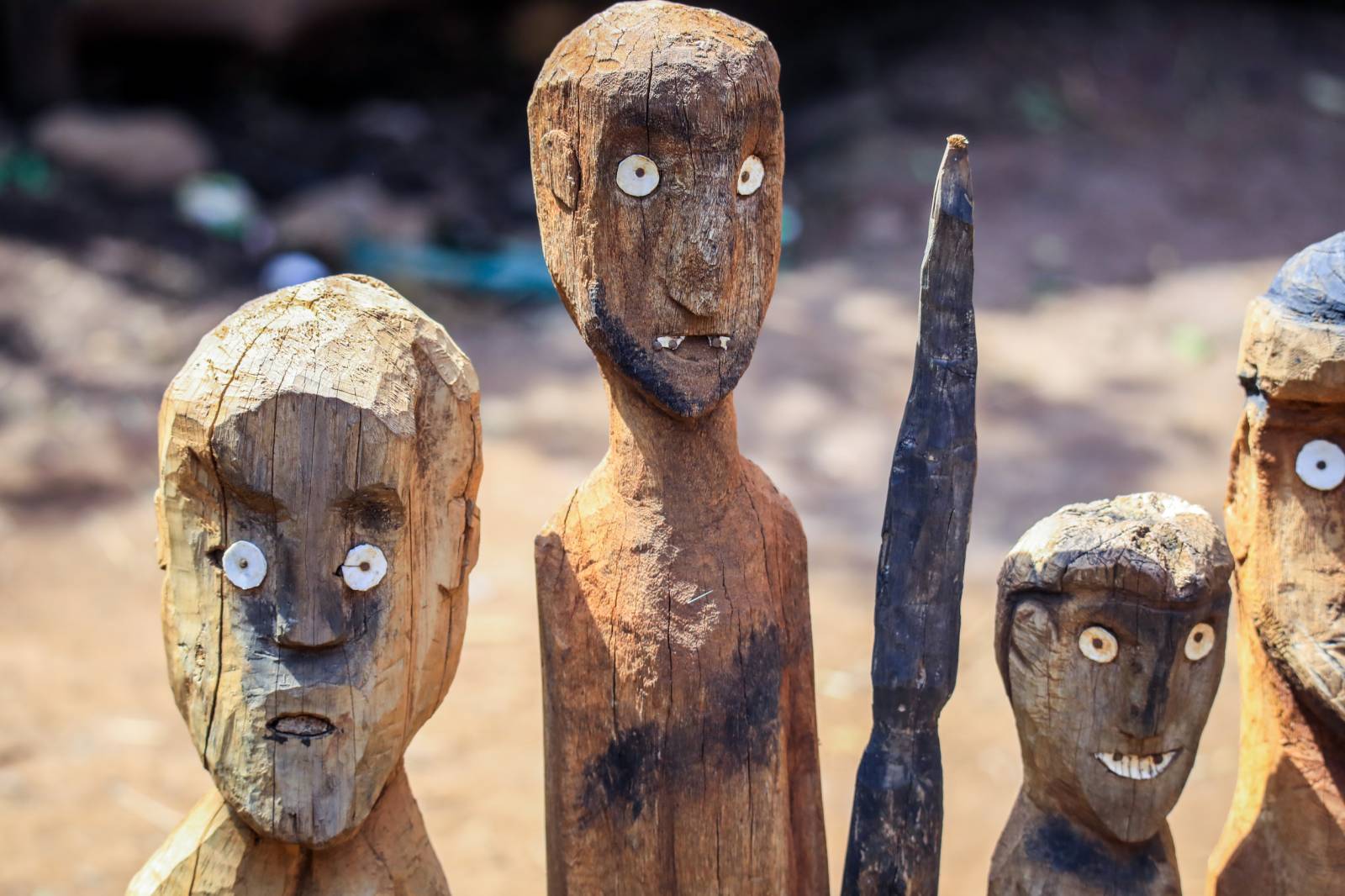
- Public Transport: Ethiopia's public transport system, including buses and mini-buses, is relatively reliable. Buses are typically affordable and have organized breaks and overnight stops.
- Air Travel: Domestic flights in Ethiopia are an efficient way to cover long distances. Flying between major destinations can transform a long overland trip into a shorter, more relaxed journey.
- Car Hire/Private Transport: Private transport is essential for accessing off-the-beaten-path destinations. Costs can be shared among travelers.
Climate
Ethiopia's climate varies widely. The best time to visit is from September to January when the weather is moderate and the landscape is green. Ethiopia's diverse landscapes also include hot and dry lowlands in the south.
Money
While Ethiopia now has ATMs, it's advisable to carry most of your funds in USD or EUR cash and travelers' checks. Prices in Ethiopia have been rising, affecting accommodation costs, entrance fees, and transportation.
People Vibe
Ethiopians are generally friendly, though some may approach travelers for various reasons, including practicing their English or offering services. While children often ask for pens, it's important to engage respectfully with the local community.
Women Traveling Alone
Ethiopia is generally safe for women traveling alone, especially on the well-traveled tourist circuit. Common-sense precautions should always be taken.
Food
Ethiopian cuisine is diverse and delicious. Injera, a pancake-like bread made from teff flour, is a staple food, often served with various toppings. Vegetarians will find plenty of options, especially on fasting days when meat is abstained from. Ethiopia is also famous for its coffee, roasted in front of you. Here are some of the typical Ethiopian dishes you might encounter:
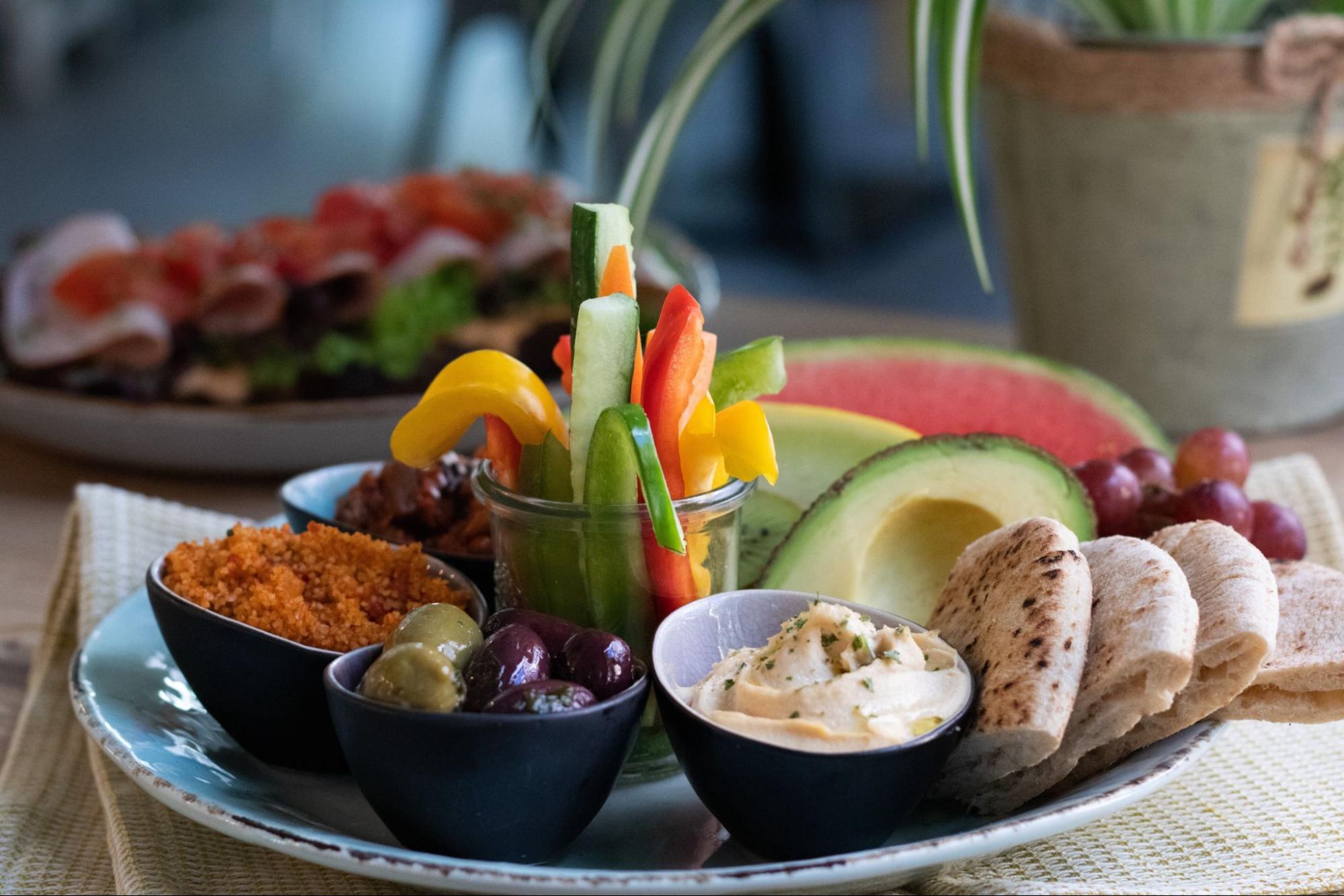
- Injera: As mentioned, injera is the most common and essential food in Ethiopian cuisine. It's a spongy, sour flatbread with a slightly tangy taste, often used as a plate and a utensil. Dishes are served on top of a large piece of injera, and smaller pieces of injera are used to scoop up the food.
- Doro Wat: This is a spicy chicken stew made with berbere spice, a blend of chili peppers and other spices. It's one of Ethiopia's most famous and beloved dishes.
- Tibs: Tibs are typically sautéed or grilled meat, often served with vegetables. You can find variations of tibs with beef, lamb, or goat.
- Kitfo: Kitfo is a dish made from minced raw meat, typically beef, seasoned with spices and served with injera. It's a delicacy and can be prepared in different levels of spiciness.
- Shiro: Shiro is a thick, flavorful stew made from ground lentils or chickpeas. It's often served as a vegetarian option.
- Atkilt Wat: This is a spiced vegetable stew, a common side dish in Ethiopian meals.
- Injera Firfir: Leftover injera is often made into a dish called injera firfir, which involves tearing the bread into pieces and mixing it with spices and often served for breakfast.
- Kitfo: Kitfo is a dish made from minced raw meat, typically beef, seasoned with spices and served with injera. It's a delicacy and can be prepared in different levels of spiciness.
- Kik Alicha: A mild, flavorful stew made from yellow split peas. It's a vegetarian option and is typically not very spicy.
- Tej: Tej is a traditional Ethiopian honey wine. It's a sweet and potent alcoholic beverage often served in small glasses.
- Coffee: Ethiopia is often considered the birthplace of coffee, and coffee ceremonies are an integral part of Ethiopian culture. The coffee is brewed using freshly roasted coffee beans and served with traditional rituals.
Ethiopian cuisine is known for its diverse flavors and the use of unique spices and herbs. It's common for meals to be served family-style on a large platter, and sharing food with others is a significant part of Ethiopian dining culture.
Hassle and Annoyance
While Ethiopia may have some level of begging and constant interactions with locals, the overall hassle and annoyance factor is relatively low, making it a welcoming destination for travelers.
Conclusion
Ethiopia is a unique travel destination in East Africa, offering a blend of diverse landscapes, rich culture, and friendly people. While it comes with its challenges, including travel costs and infrastructure limitations, the rewards of exploring Ethiopia's hidden wonders make it an unforgettable journey of discovery.
FAQ
Is Ethiopia a part of East Africa?
Ethiopia is indeed a part of East Africa. It is one of the countries in the eastern region of the African continent. East African countries include Burundi, Comoros, Djibouti, Ethiopia, Eritrea, Kenya, Madagascar, Malawi, Mauritius, Mozambique, Réunion, Rwanda, Seychelles, Somalia, Somaliland, Tanzania, Uganda, Zambia, and Zimbabwe.
Is Ethiopia a country in Africa?
Yes, Ethiopia is a country in Africa. It is Africa's oldest independent nation and ranks as the second-largest country in terms of population on the continent.
Why Ethiopia is not part of East Africa Community?
Ethiopia has historically not been a part of the East African Community due to various reasons. One significant factor was its unique historical and political context. It was not possible for Ethiopia to join the community until 1991. Even after that, Ethiopia faced challenges, including insufficient infrastructure like roads and trade networks that hindered its integration with the East African Community.
Where is Ethiopia in which country?
Ethiopia is a landlocked country located on the Horn of Africa. It is situated in the eastern part of the African continent. Ethiopia is entirely within the tropical latitudes and is relatively compact, with similar north-south and east-west dimensions. The capital city of Ethiopia is Addis Ababa, which is located near the center of the country.
How many countries are in East Africa?
There are a total of twenty-one countries in East Africa. This region is known for its cultural and geographic diversity, with various subregions within the eastern part of the African continent. These countries collectively make up the East African region.
Applying for an Ethiopia eVisa
- Step 1: Complete the online application by providing your personal details and passport information.
- Step 2: Make an online payment securely using your credit card.
- Step 3: Check your email for the confirmation of payment and the receipt of your Ethiopia eVisa, which will be delivered electronically.
